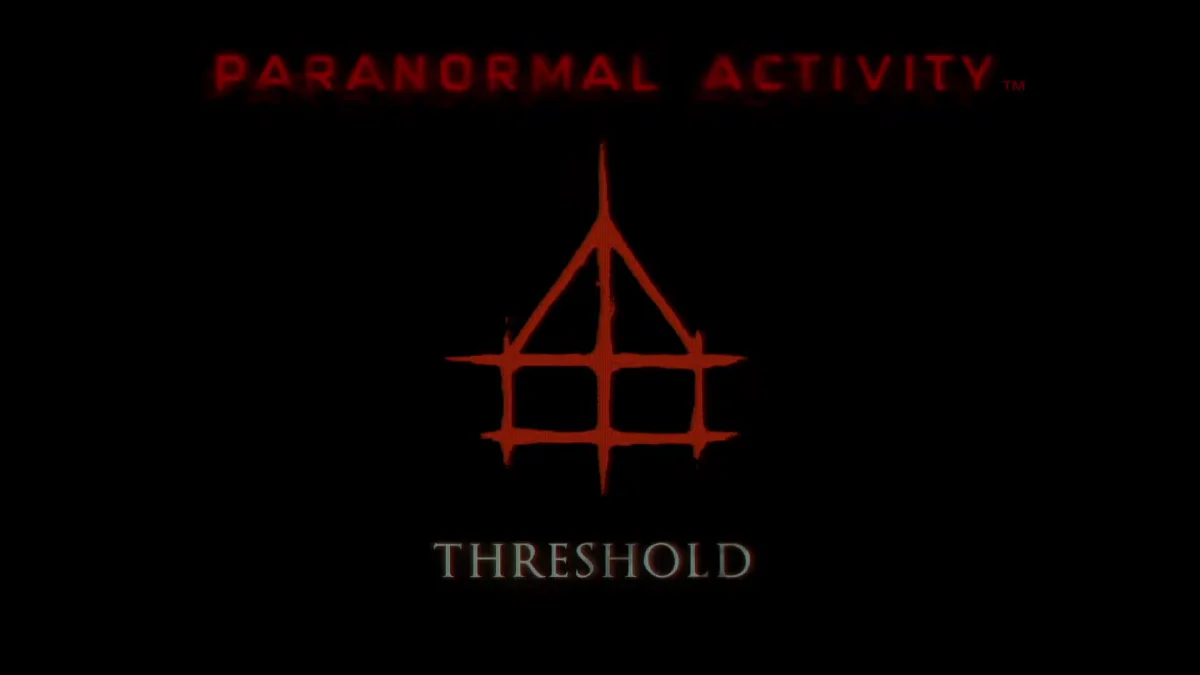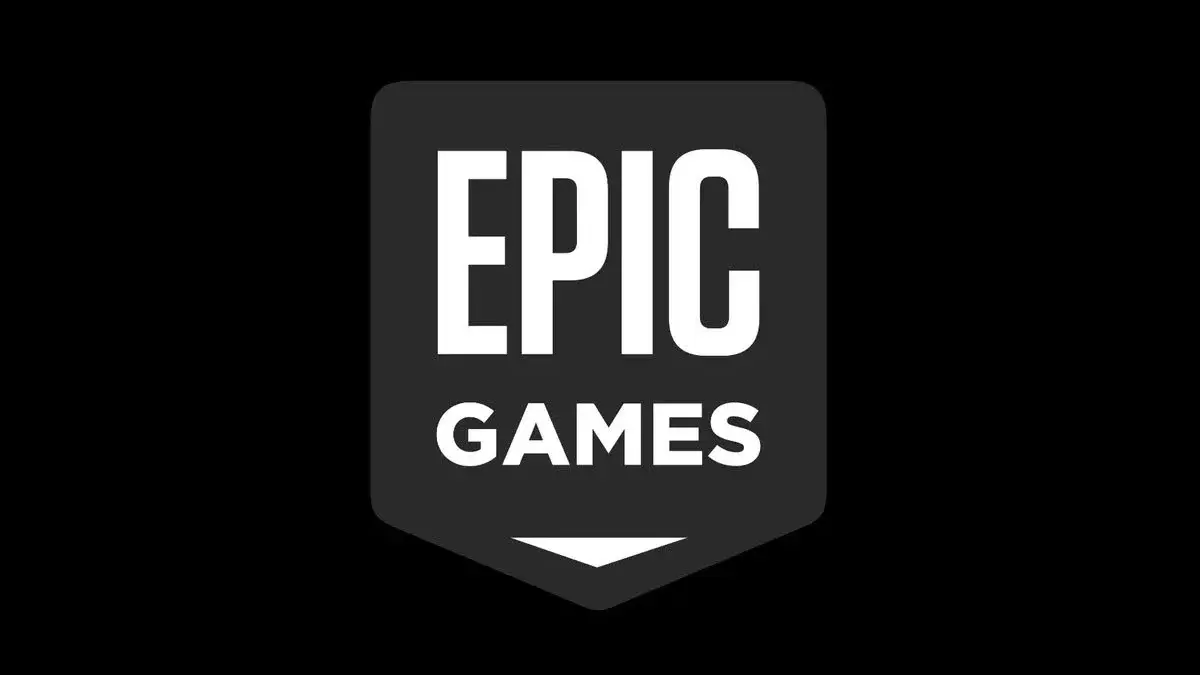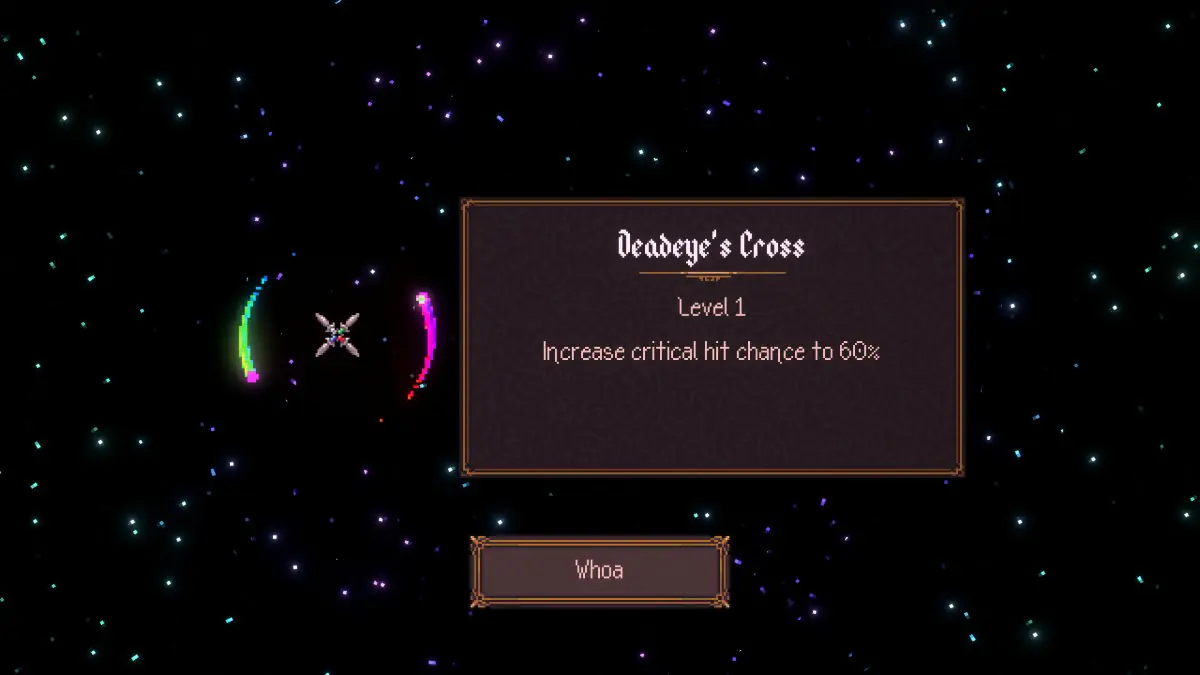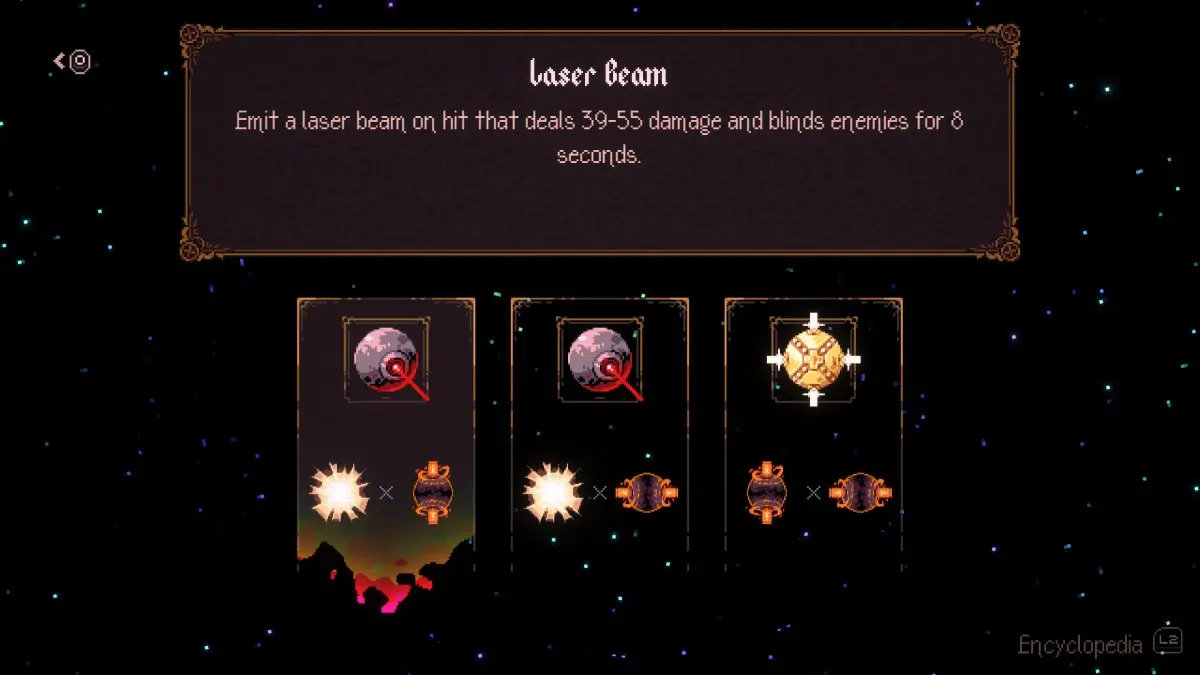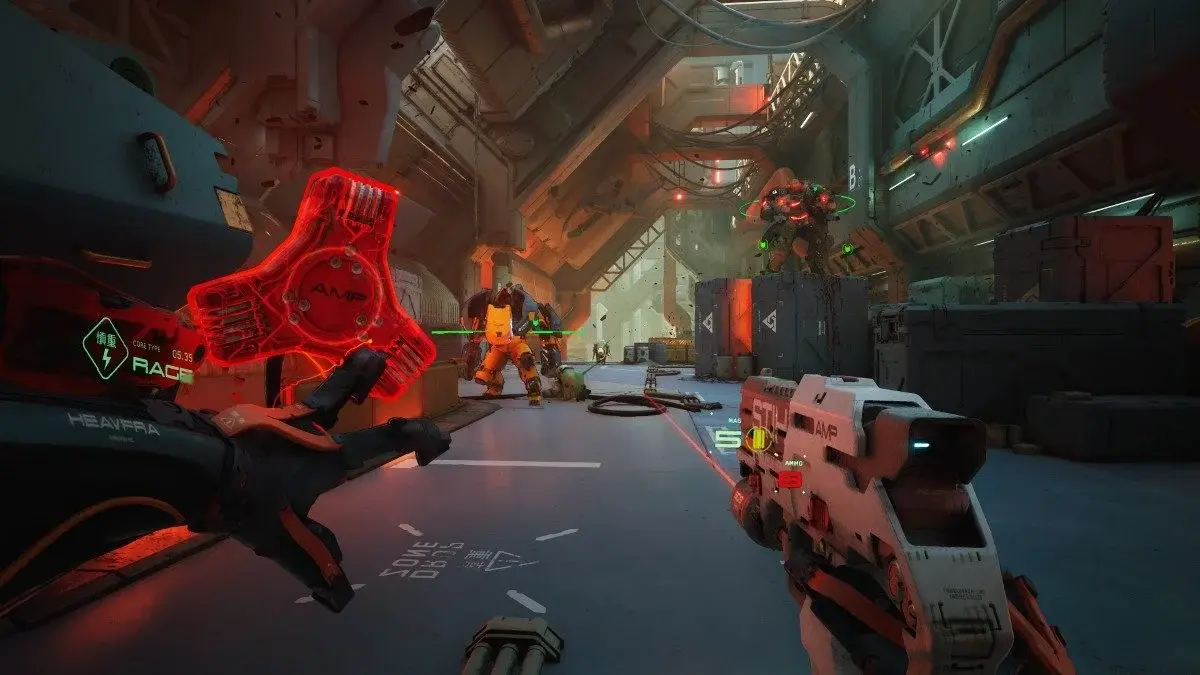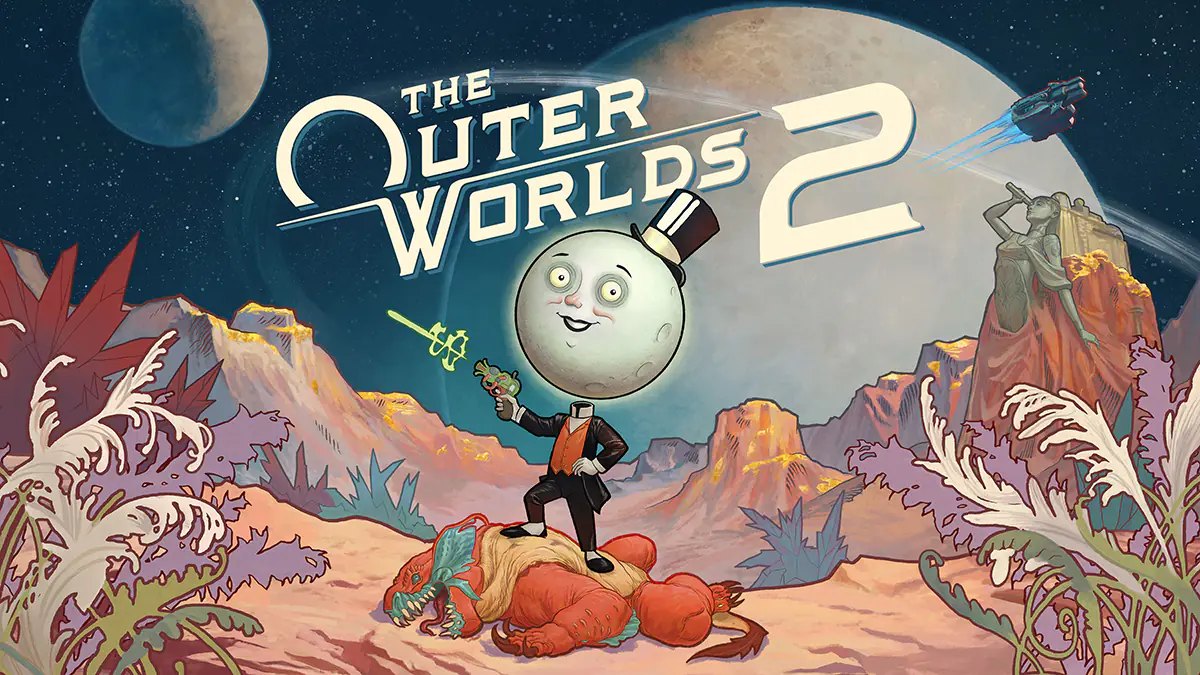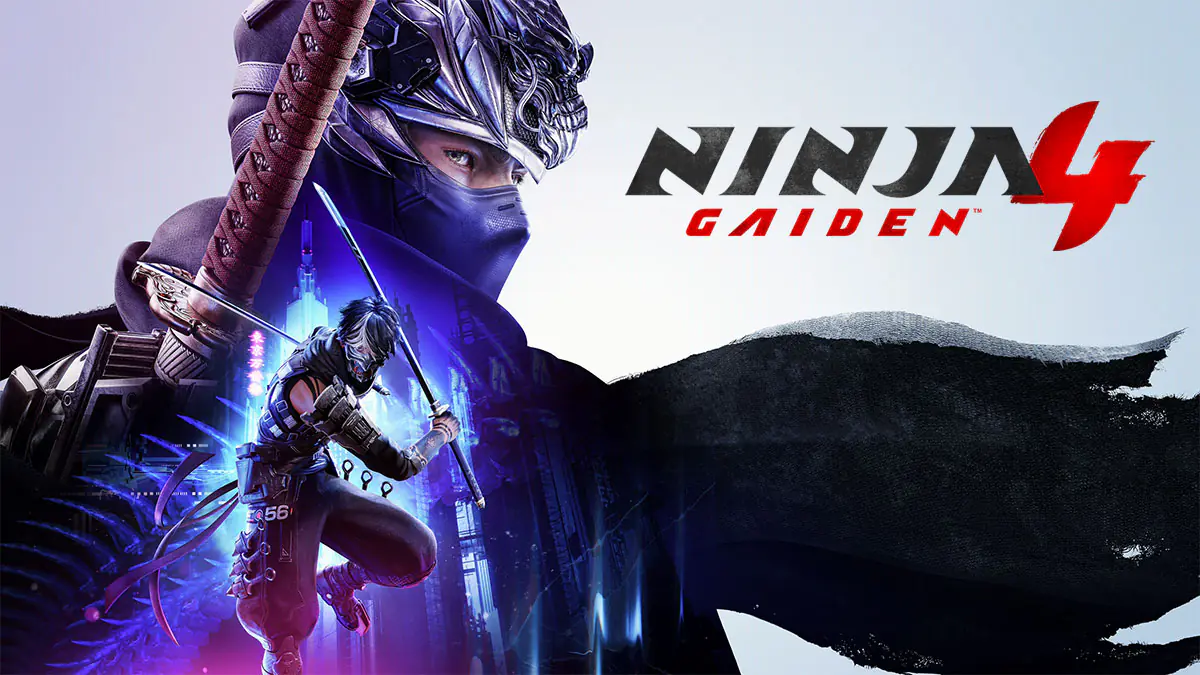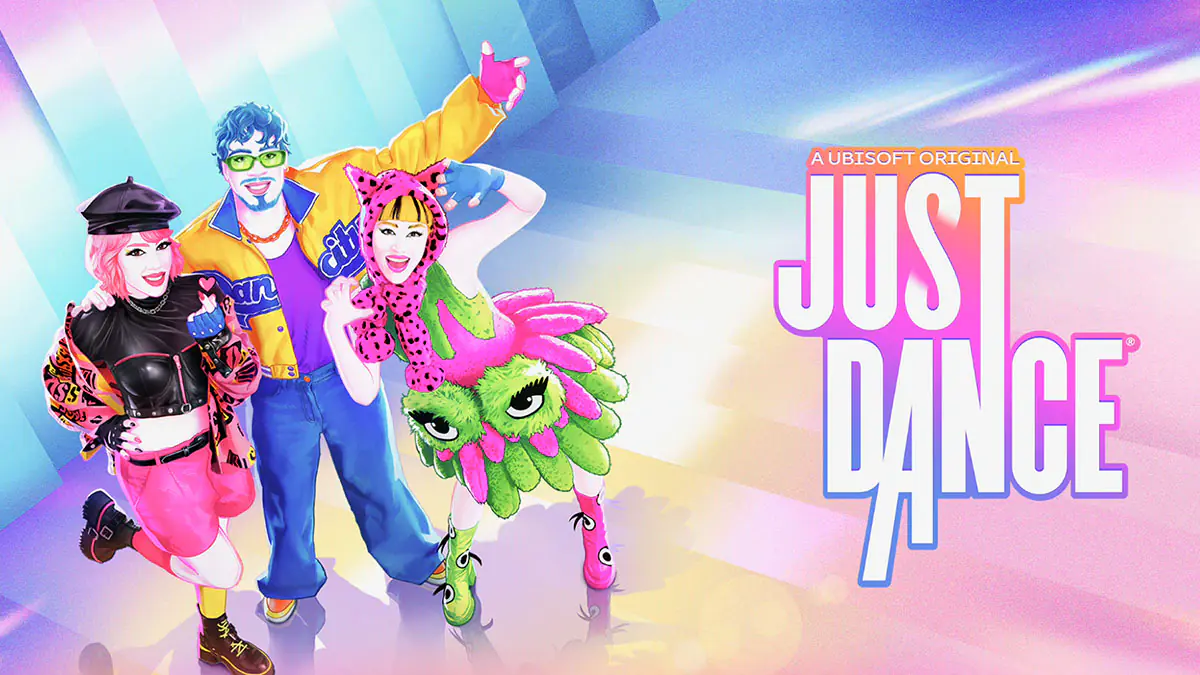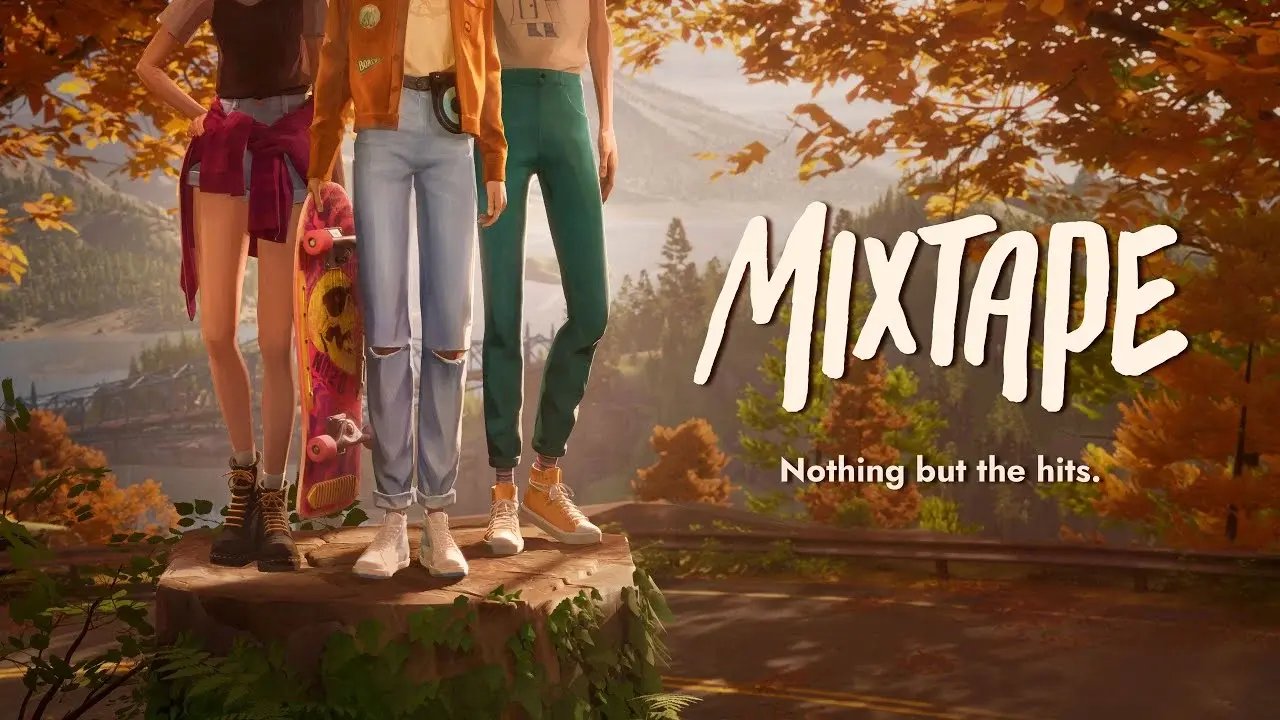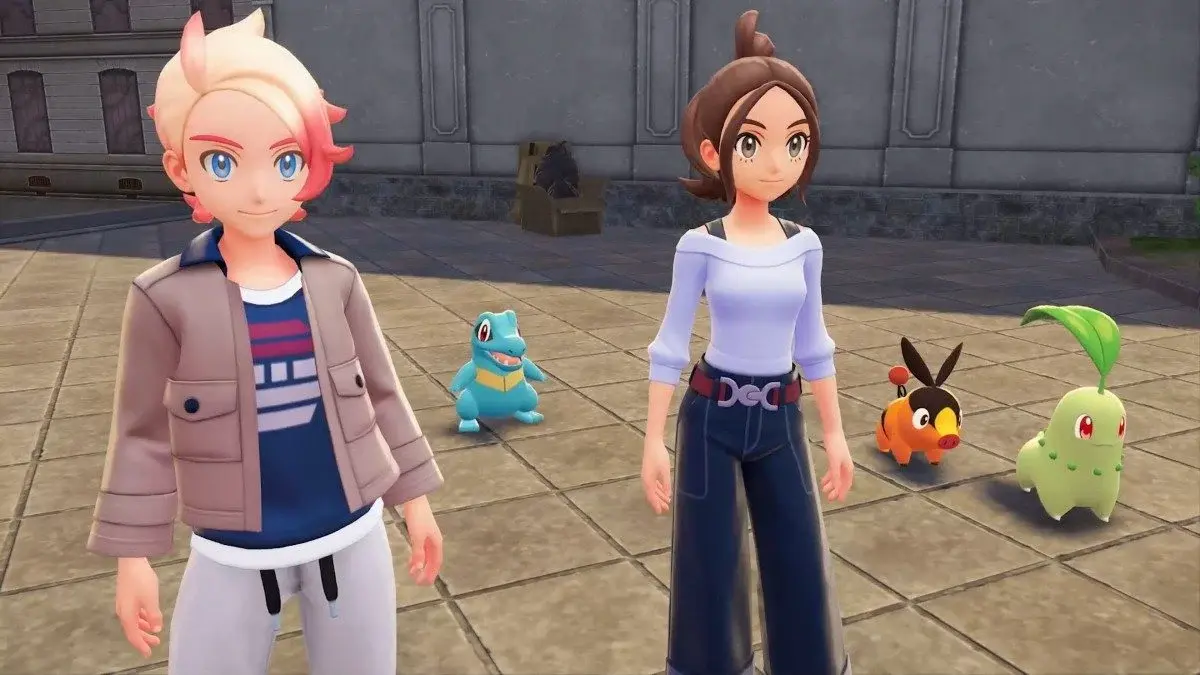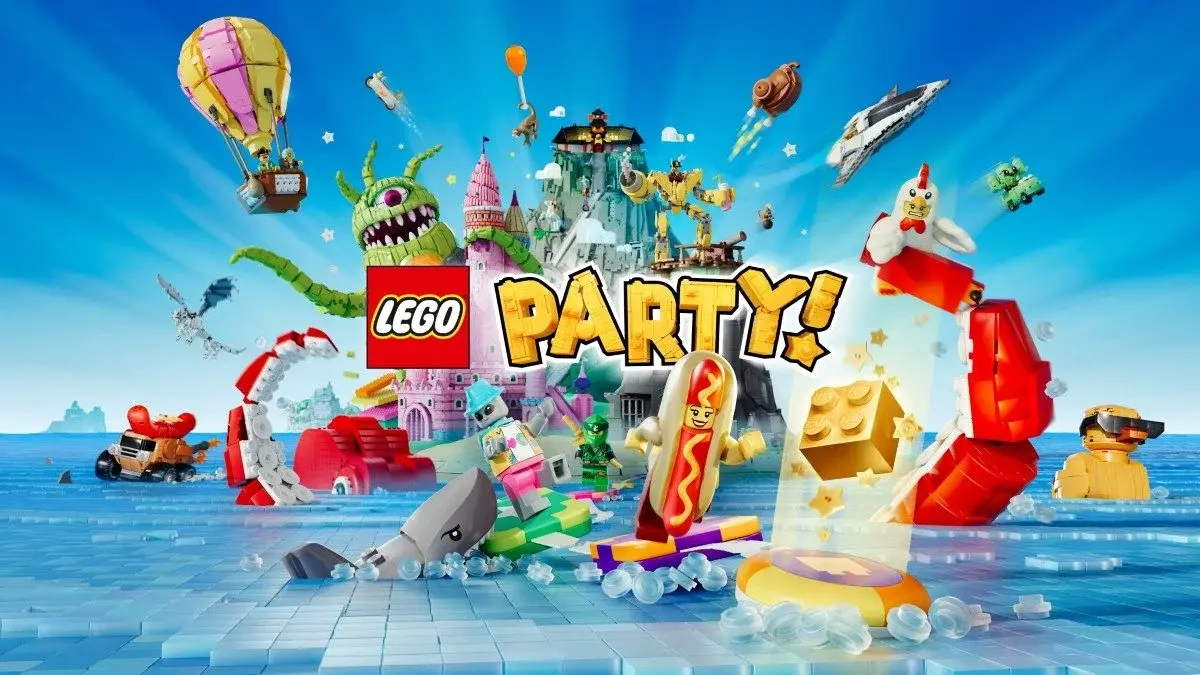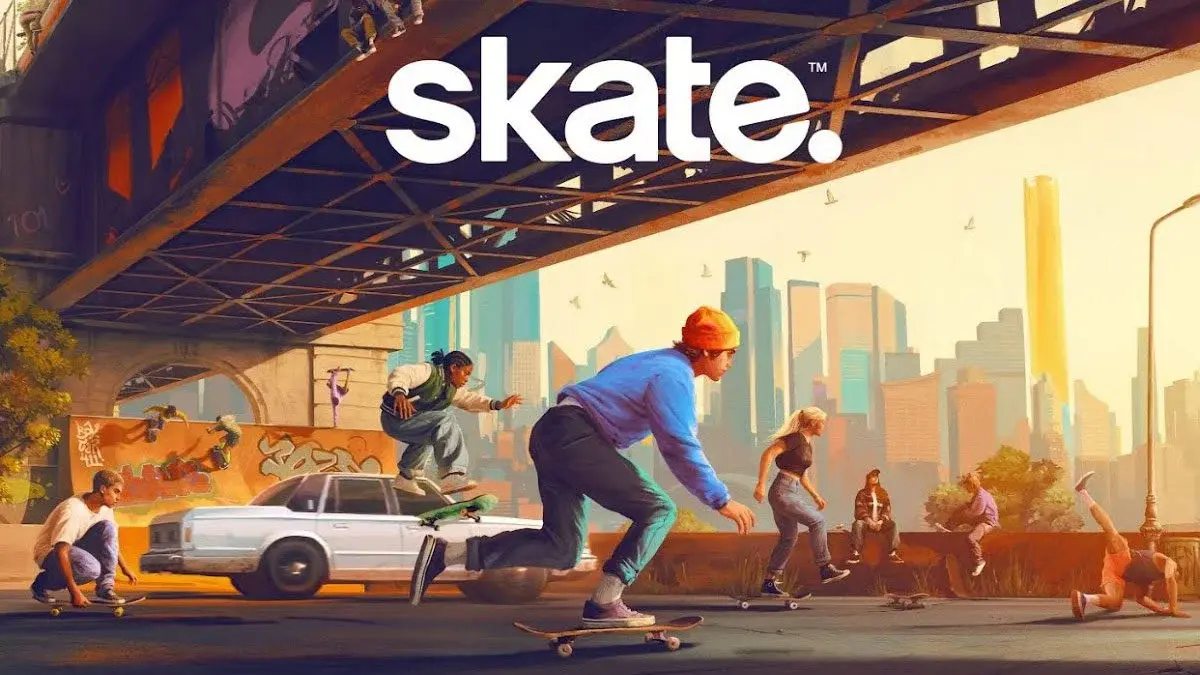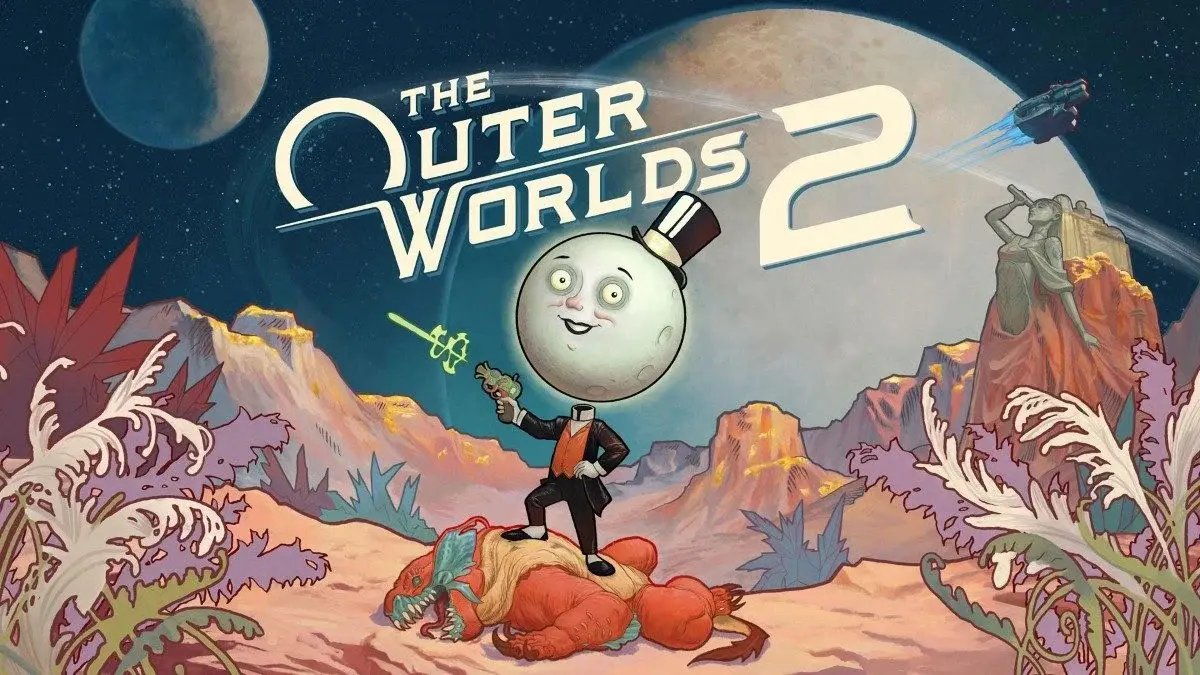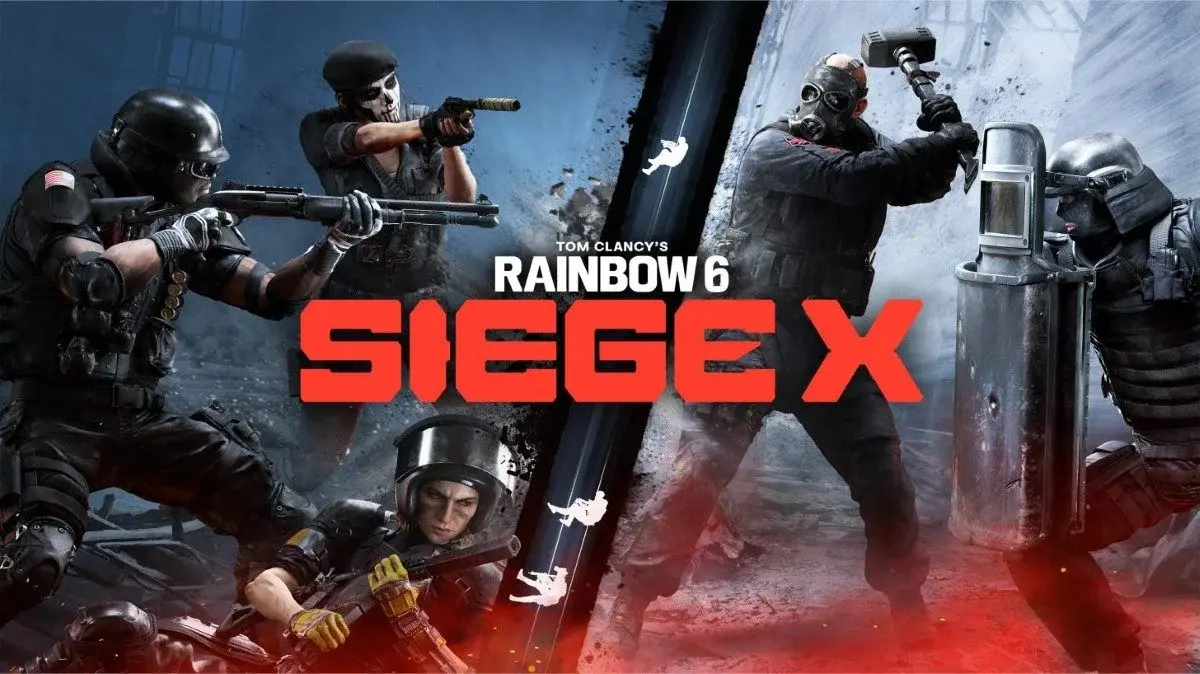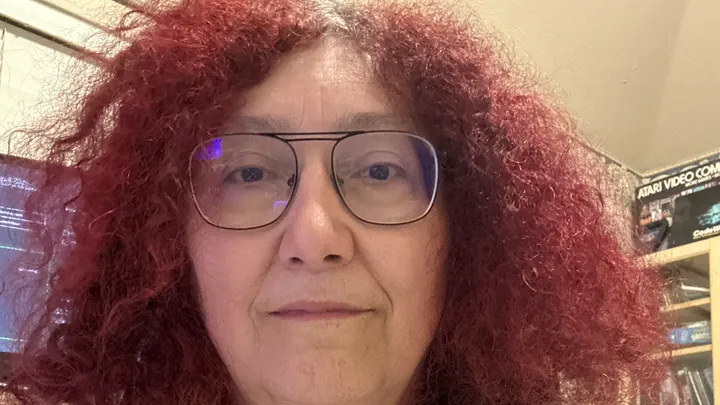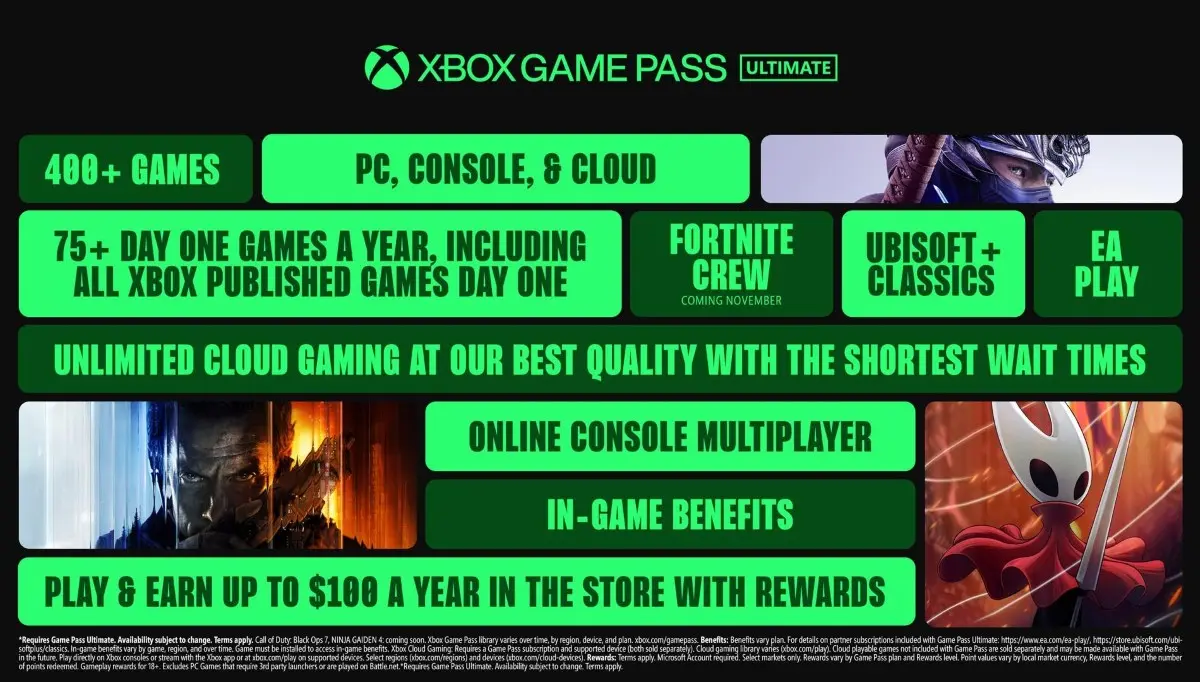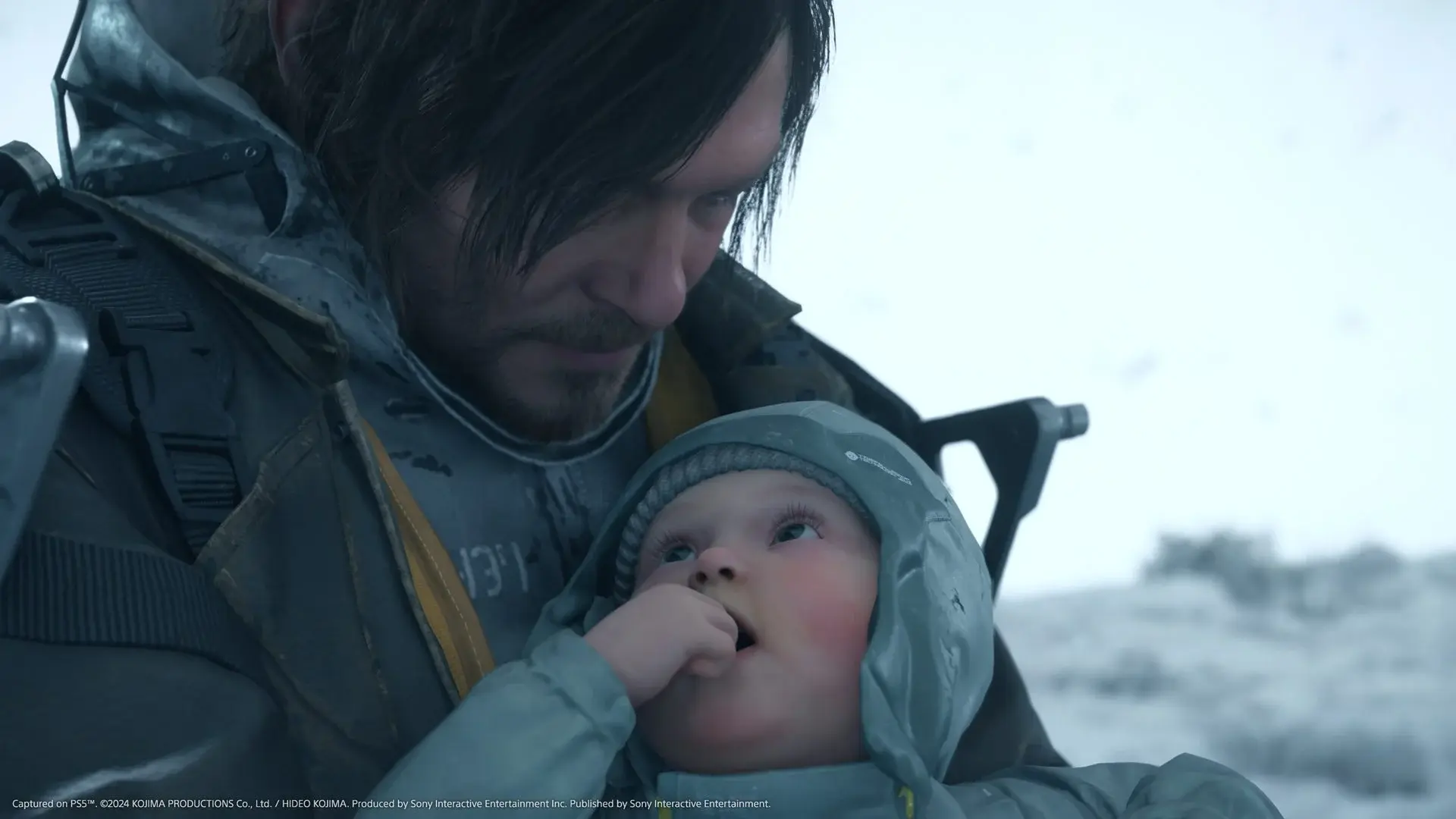Better game, lesser art.
2012’s Far Cry 3 is undoubtedly one of the most influential games of the HD era. It wasn’t the first open-world action game of course, but its enormous critical and commercial success quickly made it the blueprint for just about any and every such release that followed.
And rightfully so, as it was quality design: equip your loadout, drive out to a dangerous location, survey the threat from a safe distance, engage in whatever manner you see fit, and then press onward to wherever your reward for success is found.
When I first played through Death Stranding in January of 2020, it instantly became one of my favourite games of all time because of how fixated it was on being an utter distillation of these rhythms. It barely featured any real weaponry and, even then, actively discouraged you from engaging in direct combat. It imbued every action the player could take with a degree of friction that kept you firmly attuned to the landscape and the core loop of fetchquesting.
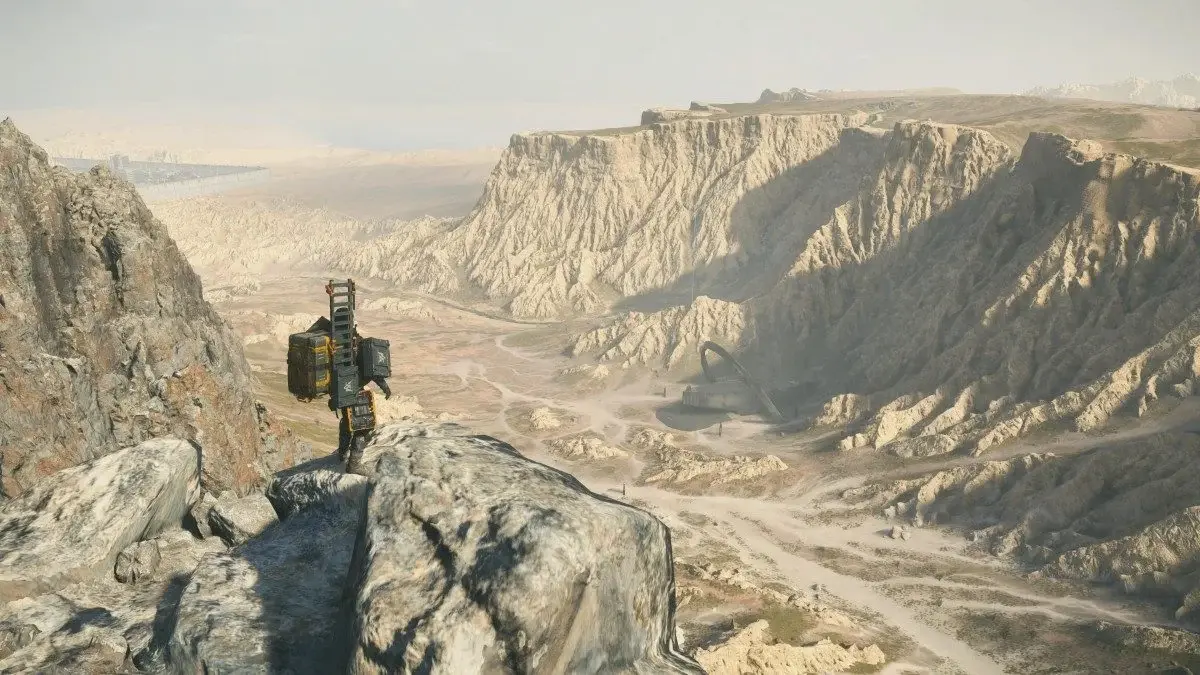
It didn’t try to hide the fact that these kinds of games fairly inherently are just about going from point A to point B, instead embracing that fact as its leading mechanical and narrative conceit. It was definitely polarising, but all truly interesting art is.
To me, Death Stranding was the closing statement to a dialogue Far Cry 3 had started 7 years earlier; no open-world game has really been able to make me feel much of anything since.
Death Stranding 2 On the Beach is the best Far Cry I’ve played in years, and I’m struggling with how I feel about that.
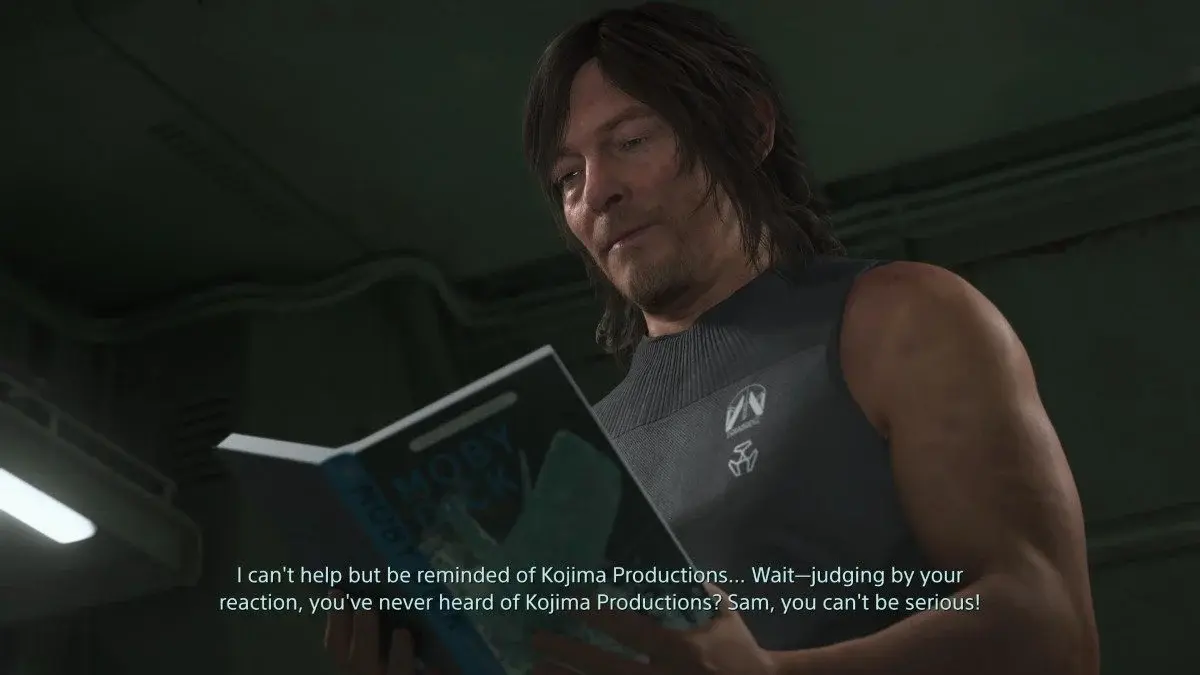
Themes and threads
Death Stranding 2 On the Beach is set 11 months after the original’s ending.
Series protagonist Sam is living down in Mexico, fully off the grid he previously established across the continental United States. He’s raising his baby, Lou, and taking private local courier jobs to make ends meet.
He doesn’t want to be ‘connected’. He doesn’t want to be ‘online’. He’s had enough of all of it and just wants a quiet family life; a sentiment I increasingly relate to as I grow older.
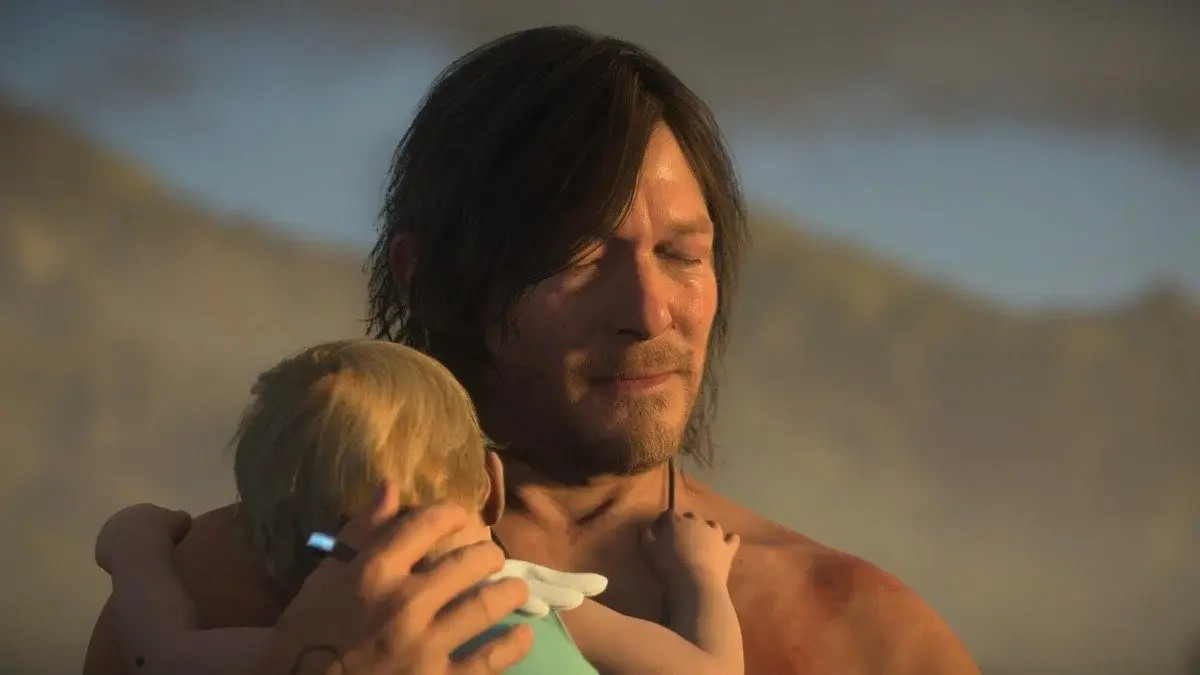
Circumstances quickly arise however which force him back to the task of connecting the planet for the corporation which has assumed US governance. First across Mexico, which effectively acts as the game’s extended tutorial, and then on to Australia.
Death Stranding told Sam’s story, while Death Stranding 2’s is ultimately Lou’s.
I won’t spoil this story at all because I do think it’s a pretty good and satisfying one overall, though it unfolds at a worse pace and is much more muddled than that of its predecessor. There are two key themes at the core of its 17 episode arc, (and if you wish to go in completely blind then feel free to skip ahead here and go straight to the next section.)

The first theme revolves around the notion that corporations and governments are largely now one and the same, and they invariably rely upon the abuse and exploitation of underprivileged foreigners in the name of ‘progress’.
Second, Sam’s spreading of the proprietary infrastructure and communications technology of an American corporation into foreign nations who never explicitly democratically invited it is some level of oligarchal colonialism, no matter how enormously useful that technology may be.
The handling of this particular thread feels alarmingly clumsy due to the complete and utter lack of aboriginal and indigenous representation featured in Death Stranding 2’s Australia. It’s made all the worse by the fact that a character bearing the scanned likeness of white American filmmaker Mike Flanagan gives Sam a boomerang weapon near the game’s midpoint.

Death Stranding never bothered to engage much with the weight of America’s history, so I suppose I shouldn’t expect its sequel to do much better. It is frustrating though that Kojima populates Death Stranding’s world with both his friends and artists he admires at the complete expense of anything accurately representational of the nations each entry is set in.
At one point early on I did find a piece of lost cargo to be delivered to the remnants of the Australian government; a package of ‘liquified natural gas’. I was overjoyed at the very pointed post-Covid political statement that it was making until I realised a short while later that it was simply a piece of generic cargo that could’ve had a randomly assigned delivery destination of just about anywhere.
As somewhat cowardly as I found Death Stranding 2’s unwillingness to really build any of its themes and threads into an actual statement, I think not doing so is ultimately in service of the point it’s making. That is, there are powers far bigger than any of us which will always run the show, and all we really can do is decide as individuals where our own lines are drawn while living as best we can beneath it all. It’s a message delivered in a somewhat confused fashion, but it’s there.
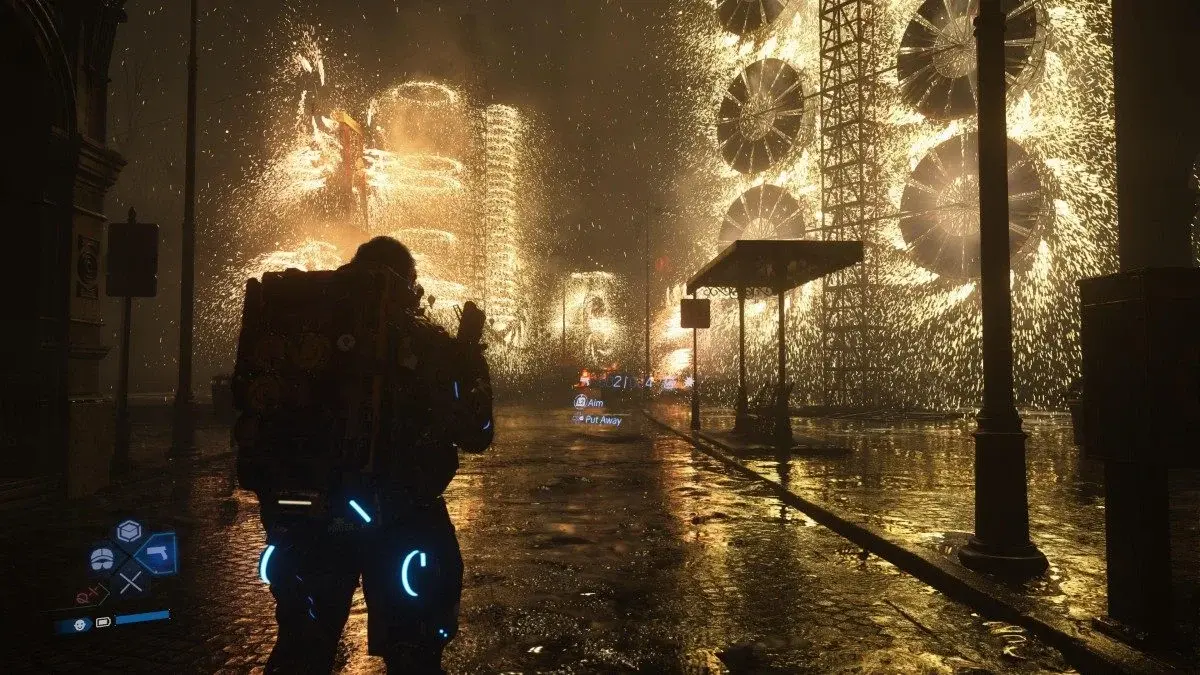
Sticks and strands
But to the Far Cry of it all, Sam’s arsenal is bigger and more varied than in Death Stranding. Hugely so.
Despite the sequel also featuring a broader range of gorgeously designed enemies, the sheer amount of guns, grenades, tools, and outright artillery pieces offered makes all of them entirely trivial to deal with quite quickly.
Sam now improves all of his skills with use, including his capabilities with each category of weapon, and can also aerially scout and tag targets as the player pleases. There’s also a sprawling perk tree.
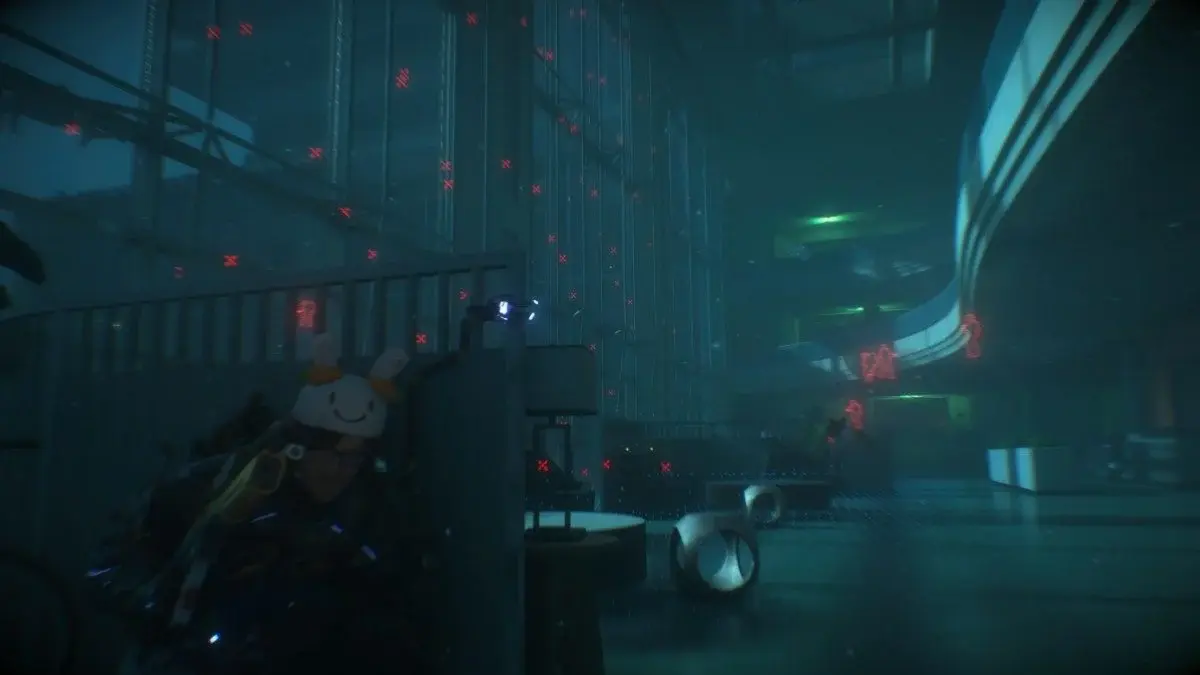
It all felt fun and satisfying the first time that I snuck through a field of ghostly gazers and cleaned out an entire bandit camp from half a mile away with a sniper rifle. By the second and third occasions where the core questline called upon me to do so though, I began to find the whole experience pretty hollow.
In much the same manner, the Mexico section right through to those first few deliveries I made across Australia all gave me a cozy little dose of that particular Death Stranding dopamine that I cherish so much. Then I unlocked the off-road truck with its enormous cargo capacity and it all became too breezy to mean anything.
I then unlocked the ability to strap a machine gun to one side of the truck and an automatic cargo-grabbing winch to the other, and most of the 60 hours of gameplay that followed offered me little reason to ever leave its cockpit.
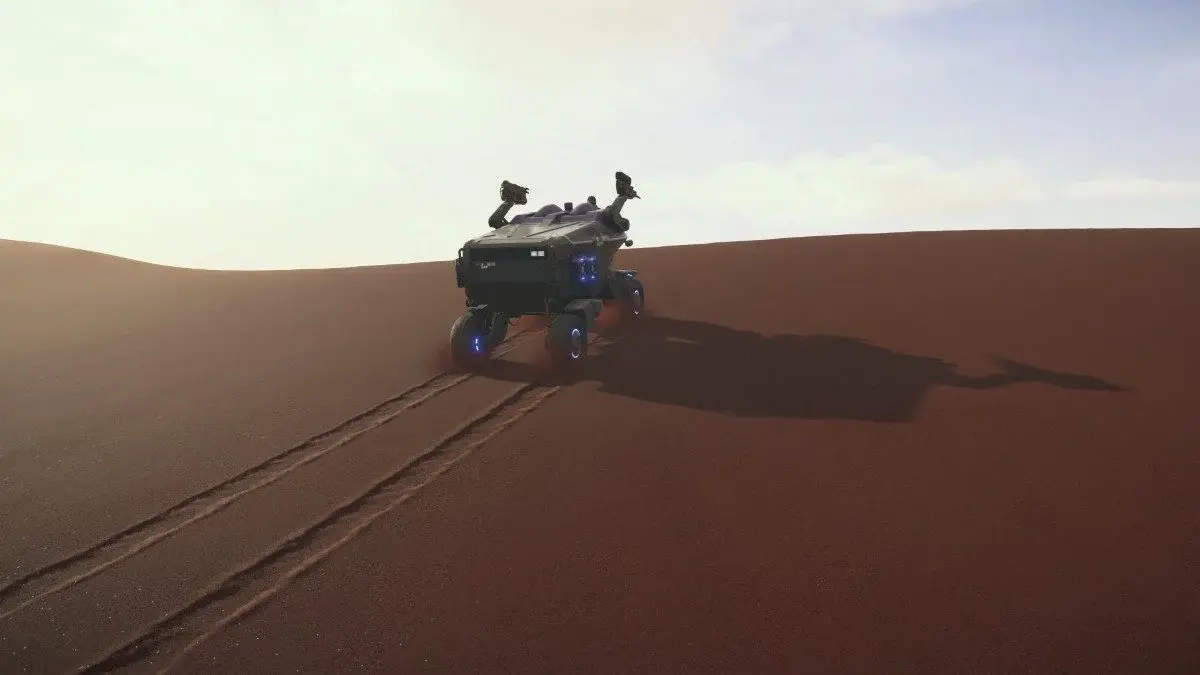
There are dynamic weather events now such as dust storms, floods, avalanches, and bushfires. They’re so infrequent and so easy to navigate as to be little more than beautiful visual distractions.
Somewhere around the midpoint of the game I repaired a bridge across a river that had been placed by the NPC porter collective. A short while after I received a message from them thanking me while proclaiming, ‘it’s almost too easy now!’
Yeah bud, you’re not wrong.
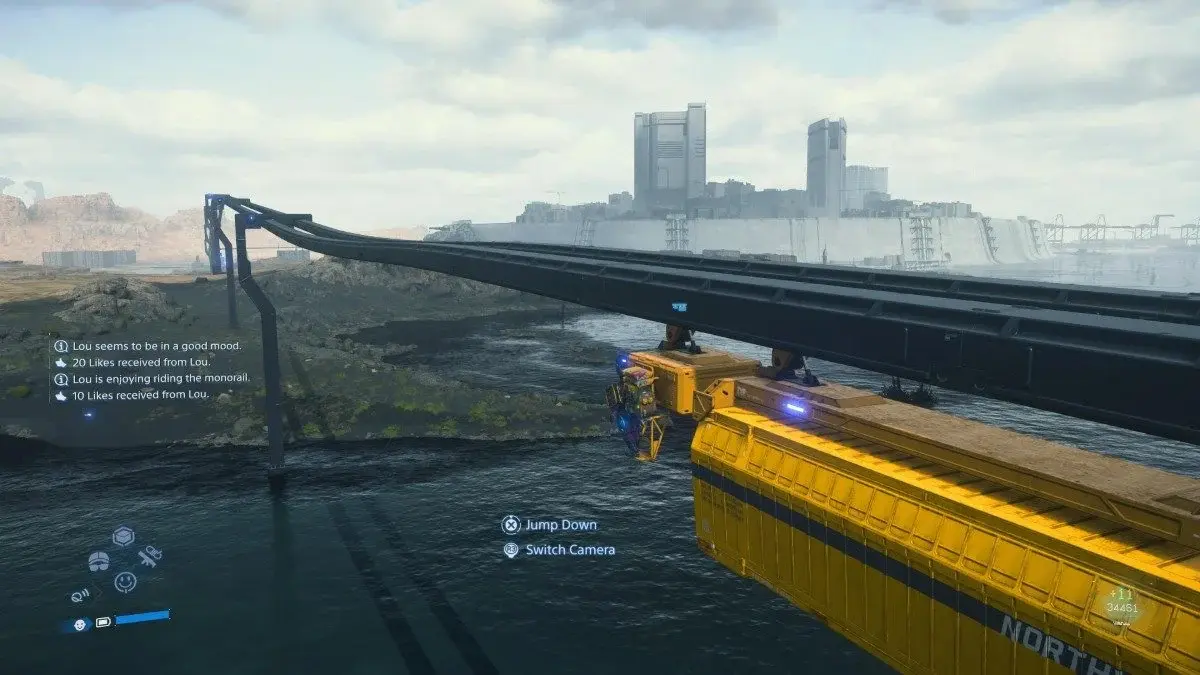
Doing less with more
Death Stranding 2 is the best open-world sandbox checklistathon I’ve played in years, but Death Stranding’s staunch eschewing of so much of that stuff was what I loved so dearly about it. It delivers a vastly broader palette of tools and toys to the player as well as a much bigger and more diverse landscape upon which to utilise them.
Audio design is immaculate and leverages the Dualsense controller’s speaker to greatly heighten overall immersion in a way that hugely impressed me. The performances are mostly excellent, and the script even manages to be hilariously funny at times.
It’s a far greater ‘video game’ than the original, but a hugely lesser piece of art for being so.

I’d been eagerly anticipating this sequel for years, and now I’m having to contend with the fact that while I think it does a lot of things exceedingly well, I didn’t actually truly enjoy or feel moved by the majority of the 75 and a half hours I spent completing it.
Did I want a complete retread of the first game? Hell no. What would be the point of that?
Maybe Death Stranding 2’s masterstroke has been in ultimately getting me to truly empathise with its protagonist. Just like Sam, all I wish to do right now is settle down peacefully with my loved ones and never again get consumed by another open-world journey.

Death Stranding 2 On the Beach is a brilliant game which I largely do not care for. I think it’s inoculated me from the impulse to ever play a new open-world action game again, and I weirdly appreciate it for that.
But also Chvrches ordered me to bring them a kangaroo at one point, and that was entirely delightful.
Death Stranding 2 On the Beach is available now on PS5.
Death Stranding 2 On the Beach was reviewed on PS5, as purchased by Stevivor. Click here to learn more about Stevivor’s scoring scale.
This article may contain affiliate links, meaning we could earn a small commission if you click-through and make a purchase. Stevivor is an independent outlet and our journalism is in no way influenced by any advertiser or commercial initiative.


